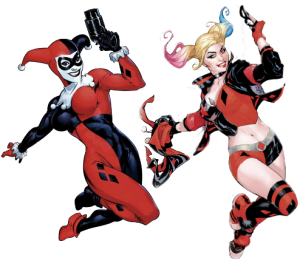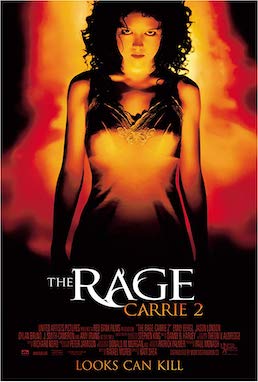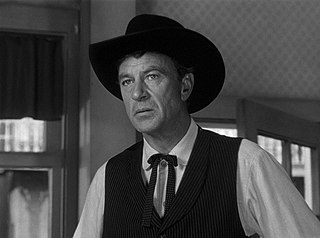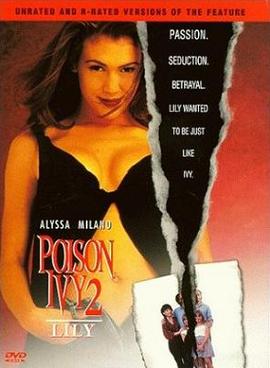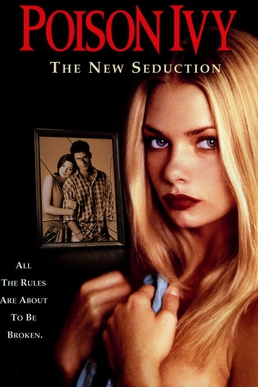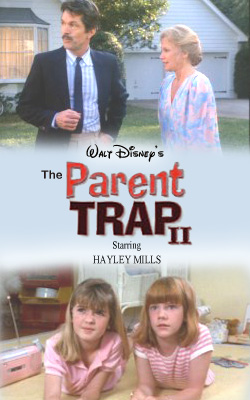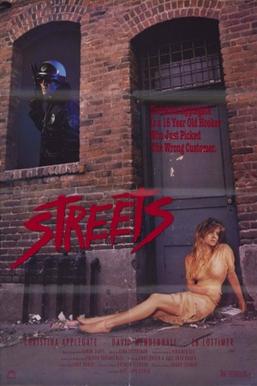Plot
Sylvie Cooper is a student at an expensive private school. On the day she first meets Ivy, a poor street-smart girl, she witnesses her mercy-killing a badly wounded dog.
When they next meet, Sylvie's father Darryl comes to pick her up, Ivy asks for a ride, and he reluctantly agrees. She sits in the front with him, puts her feet on the dashboard and deliberately shows him her legs by allowing her mini-skirt to fall back onto her hips, which Darryl notices.
A few weeks later, Sylvie invites Ivy home. She explains that Darryl adopted her and that her biological father is African-American. Sylvie also admits she once tried to kill herself. They meet Sylvie's sickly mother, Georgie, whom Ivy wins over by talking about her scholarship and helping her unblock her oxygen tank.
Soon after, as both of Sylvie's parents enjoy Ivy's company, Ivy practically moves in. The girls share clothes and Sylvie's bed. As they have similar figures, Georgie lends Ivy some of her clothes.
Darryl throws a party at the house to improve his failing career, and enlists Sylvie to help him. However, Ivy ensures that she must work on the night of the party, so she can assist Darryl. After the party, she dances with him in the kitchen and they embrace. Georgie walks in on them and storms upstairs.
Ivy apologizes, claiming that Darryl was under stress and she was only comforting him. Georgie believes her, accepts a glass of champagne drugged with sleeping pills, and falls asleep. Ivy sits on the bed next to her and begins to massage Darryl's crotch with her foot. It is implied that he performs oral sex on her and she climaxes.
Over the next few days, Ivy continues changing her appearance, wearing Georgie's clothing more often. Sylvie becomes increasingly irritated with Ivy's growing presence in her family. Her anger reaches a breaking point when even her dog chooses Ivy over her, which is because Ivy has dog treats in her pockets.
Sylvie skips school to spend some time alone. Darryl picks Ivy up and drives them into the forest, where they drink and have sex.
The next morning, Georgie plays the cassette tape Sylvie made for her and walks out onto her balcony. Ivy walks up behind her, talks to her and without warning, pushes her off the balcony to her death. As Georgie is known to be mentally ill, and has threatened to commit suicide previously, Ivy is not suspected.
A few weeks later, Ivy talks Sylvie into taking out her mother's sports car. When Sylvie becomes suspicious of her involvement in Georgie's death, Ivy crashes the car, then moves the unconscious Sylvie into the driver's seat.
In the hospital, Sylvie hallucinates that her mother visits her, inspiring her to return home to save her father from Ivy. When she arrives there is a raging storm, so she hurries inside, experiencing hallucinations the whole way. Once inside, she sees Darryl and Ivy having sex, and flees.
As Darryl hurries out to look for Sylvie, Ivy follows him. Accidentally showing the bruising on her chest from the steering wheel, revealing that she was behind the wheel, she claims that it was to protect him. As Darryl drives off to find Sylvie, Ivy goes up to Georgie's old room. Playing the tape Sylvie made for Georgie, she wears Georgie's robe and walks out to the balcony.
Sylvie sees Ivy and, because of her head injury, believes that it is her mother so makes her way to the balcony. Sylvie tells Georgie that she loves her and Georgie says she loves her too. When they kiss, Ivy begins to use her tongue, which breaks Sylvie out of her hallucination.
Ivy says Georgie wanted to die and now the three of them can be a family. Sylvie rejects her delusion, pushing her over the balcony. Ivy grabs onto her necklace in an attempt to take her with her, but she fails. As the chain breaks, a screaming Ivy falls to her death alone. Darryl returns to see Ivy's corpse on the ground with Sylvie above.
The film ends with Sylvie narrating that she still loves and misses "her", following the parallel between Ivy and Georgie.


